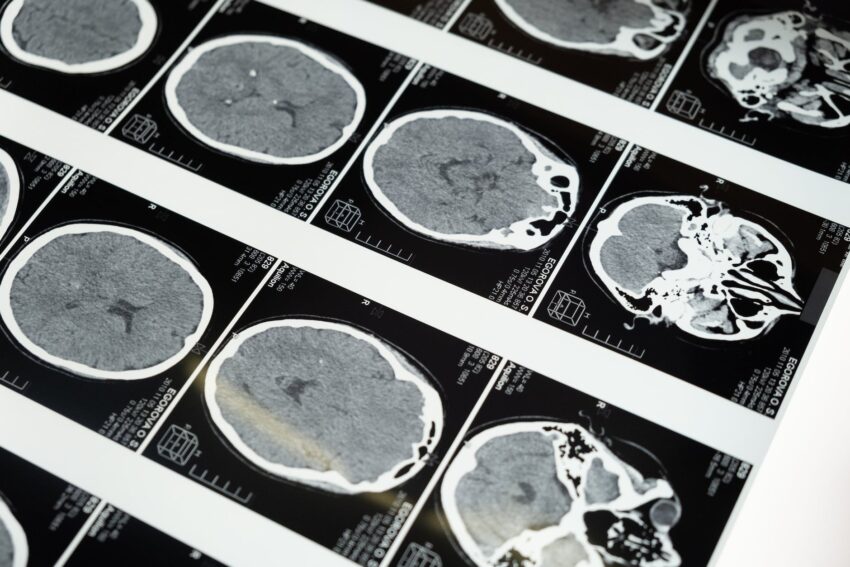The testimonies of those who have experienced a psychedelic trip commonly describe profound shifts in perception, self-understanding, and sensory experiences. These “altered states” are largely attributed to psychedelic compounds’ unique ability to significantly disrupt the usual function and structure of neural networks within our brain. This article shines light on the science and neurobiology behind these mysterious experiences, exploring everything from cognitive function and brain imaging to serotonin receptors and synesthesia.
One of the most well-known effects of psychedelics is their impact on serotonin receptors in the brain. Located primarily in the brain’s cerebral cortex, these receptors have a hand in several essential functions, including mood regulation, social behavior, and perception. In particular, the serotonin 2A receptor (5-HT2A) is highly responsive to psychedelic substances, causing dramatically altered thoughts and perceptions (source).
Brain imaging studies have been instrumental in unveiling the mechanics behind these experiences. Advanced technologies like fMRI scans reveal that upon ingestion of substances like LSD or psilocybin, the brain exhibits a robust increase in connections between regions that ordinarily do not interact, thus creating a hyperconnected brain state. This increased cross-talk between diverse brain regions contributes to the experience of synesthesia, where senses merge – for example, “seeing” music or “tasting” colors (source).
Furthermore, the neurochemistry of the brain is vitally disrupted during a psychedelic experience. There is a substantial increase in the availability of specific neurotransmitters, which are responsible for transmitting signals between nerve cells. The increased availability of these neurotransmitters enhances the overall brain connectivity, leading to experiences of intense sensory and perceptual changes (source).
Psychedelic substances could change cognitive function as well, leading to improvements in creativity, emotional awareness, and problem-solving abilities. By breaking the established patterns of the default mode network (DMN), – which is responsible for self-reflection and mental time travel – psychedelics allow fresh and unusual neural pathways to form. This so-called “ego dissolution” might offer therapeutic value, providing users with new perspectives on their behavior and thoughts (source).
Moreover, compounds like psilocybin have drawn attention for their potential to induce neuroplasticity, the brain’s ability to form new neural connections. BDNF (Brain-Derived Neurotrophic Factor) significantly increases after the administration of these substances, promoting the growth of new neurons and the overall health of neural networks in the brain (source).
Lastly, a vital component that contributes to the psychedelic experience is the concept of neuroplasticity. This refers to the adaptive ability of the brain to reorganize itself by establishing new neural pathways. Cognitive-behavioral flexibility is significantly enhanced during a psychedelic experience, allowing the brain to perceive, analyze, and respond to stimuli in entirely new ways (source).
In conclusion, the complex, mystical phenomena accompanying psychedelic experiences are the result of a deeply intricate interplay of neurochemistry, cognitive function changes, and neuroplastic events. As the stigma around psychedelic use begins to dissipate, further exploration into these realms promises to yield even greater understanding about our brain’s most profound and least understood capabilities, laying a foundation for potential therapeutic uses. As we delve further into this complexity, we are offered a glimpse at just how extraordinarily malleable, resilient, and mysterious the human mind truly is.
